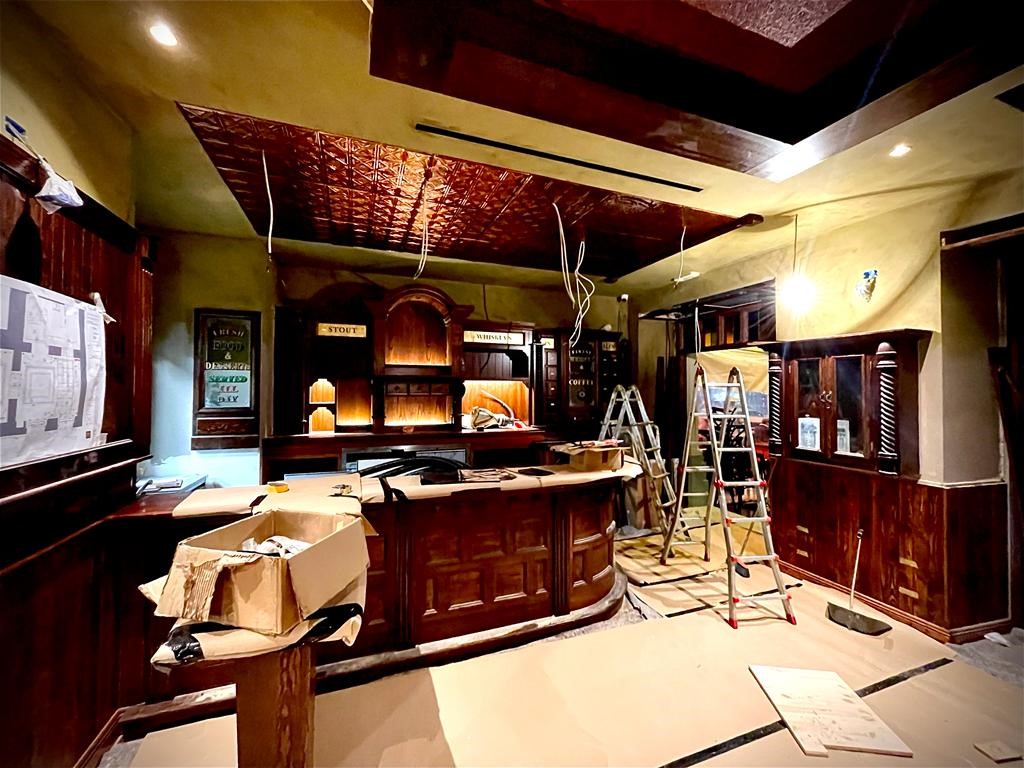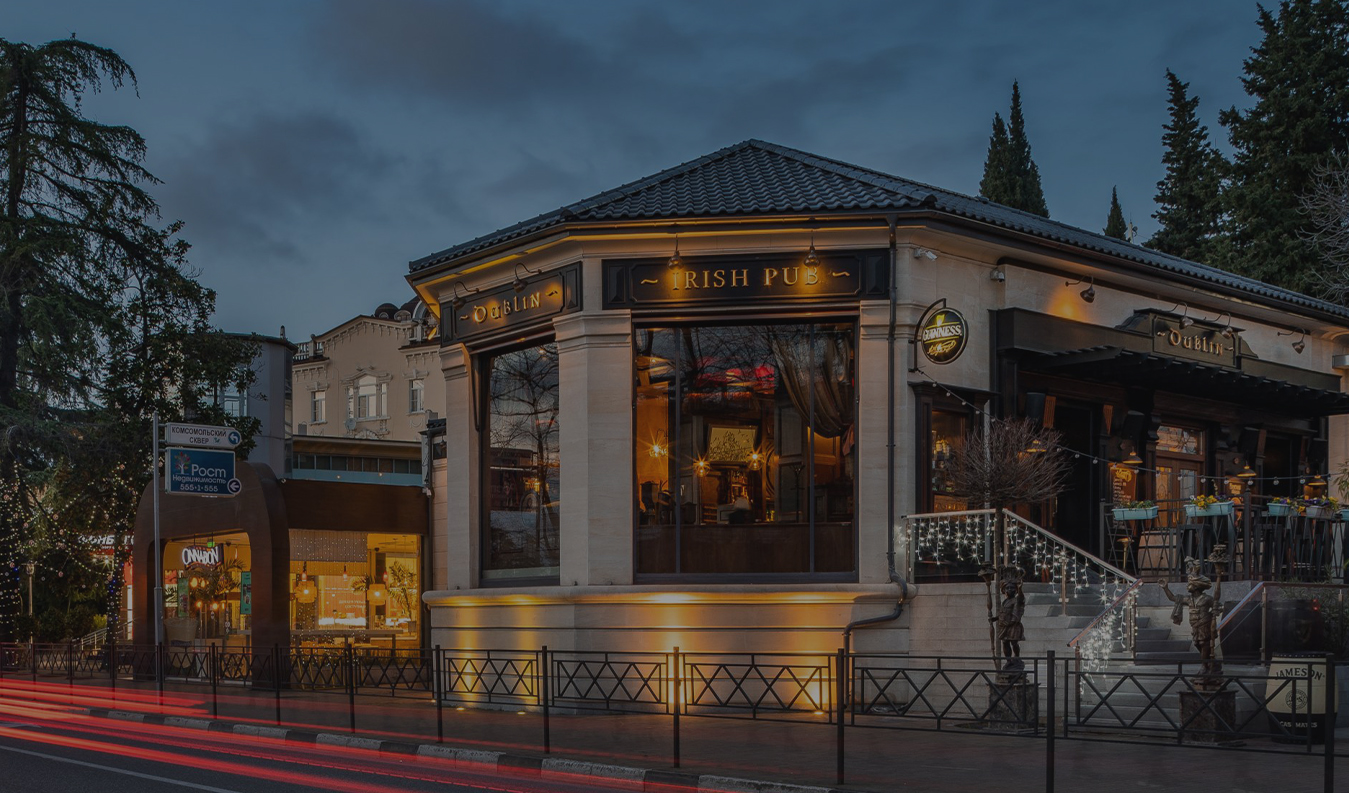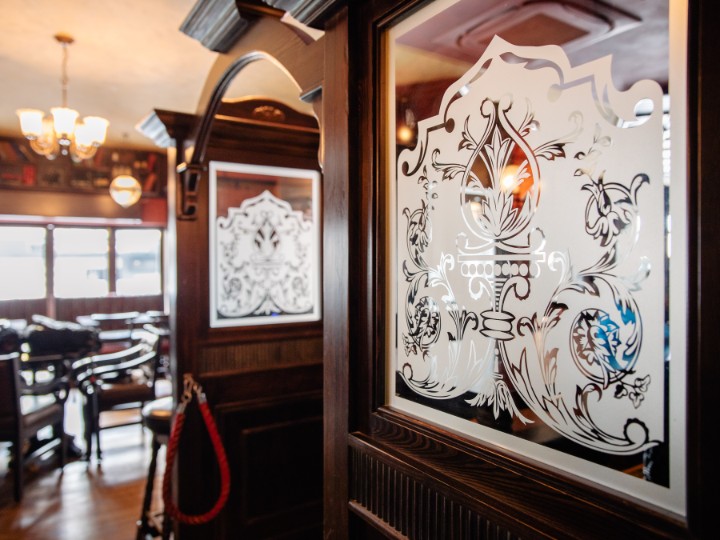Our Take on Restaurant Architecture in Denmark
When it comes to restaurant architecture in Denmark, the Irish Pub Company combines traditional elements with modern design principles to create spaces that are both functional and inviting. Denmark’s rich design heritage, characterised by simplicity, functionality, and quality craftsmanship, aligns perfectly with the values we uphold in our projects. Let’s explore how we approach restaurant architecture in Denmark, with insights from our past projects and a case study highlighting our commitment to exceptional design.

Blending Tradition with Modernity
The Charm of Traditional Elements
In Denmark, there’s a deep appreciation for design that honors tradition while embracing innovation. At the Irish Pub Company, we believe that a successful restaurant design should reflect both local culture and timeless elements. For example, in our project for Shannigans at The Inn at Dromoland, we incorporated traditional Irish design elements like exposed wood beams and stone accents, which complemented the modern layout of the space.
This approach is easily adaptable to Danish restaurant architecture, where the blend of the old and new is celebrated. By integrating classic pub features like warm wood tones and vintage lighting with sleek, minimalist finishes, we create a space that feels both nostalgic and contemporary.
Functionality Meets Aesthetics
Danish design is renowned for its emphasis on functionality, and this is a principle we hold dear in all our projects. Our restaurant architecture focuses on creating layouts that are not only visually appealing but also highly functional. This means considering the flow of service, maximising space, and ensuring that every design choice contributes to a seamless dining experience.
Personal Anecdote: During a project in Copenhagen, we were inspired by the city’s iconic blend of functionality and style. We worked closely with local craftsmen to design custom furniture that not only fit the aesthetic but also enhanced the operational efficiency of the space.

Forward Thinking in Design
Forward thinking is at the heart of modern architecture, and Denmark is a leader in eco-friendly design. At the Irish Pub Company, we incorporate sustainable practices by using reclaimed materials, energy-efficient lighting, and efficient techniques.
External Reference: According to ArchDaily, sustainable design not only benefits the environment but also attracts a growing demographic of eco-conscious diners who prefer to support businesses that prioritise green practices.
Local Sourcing and Craftsmanship
Working with local artisans and sourcing materials locally is another way we embrace sustainability. In our projects, we strive to support local economies and reduce our carbon footprint.
Case Study: In the design of Punch Tarmey’s St. Helens, we collaborated with local suppliers to source wood and bricks, ensuring that the design was both authentic and eco-friendly. This approach is perfectly aligned with Danish values and enhances the overall appeal of the restaurant.
Designing for the Customer Experience
Creating Inviting Spaces
One of the most important aspects of restaurant architecture is designing spaces that are inviting and comfortable for guests. In Denmark, there is a strong emphasis on hygge—a concept that embodies coziness and contentment. At the Irish Pub Company, we incorporate this philosophy by designing warm, welcoming interiors with soft lighting, cozy seating areas, and thoughtfully curated decor.
Personal Anecdote: When we designed Fado Buckhead in Atlanta, we used the principles of hygge to create intimate corners and communal spaces that encouraged socialising. This same approach is ideal for restaurant architecture in Denmark, where the dining experience is as much about connection and atmosphere as it is about the food.
Flexible Layouts
Flexibility is key in modern restaurant design. Whether it’s accommodating different group sizes or adapting the space for various events, a flexible layout can significantly enhance the customer experience. In our Danish projects, we prioritize versatile seating arrangements and modular design elements that can be easily adjusted to meet changing needs.
External Reference: According to Hospitality Design, flexible layouts are essential in modern dining spaces, allowing restaurants to maximize their use of space and cater to a broader audience.
Conclusion
At the Irish Pub Company, our approach to restaurant architecture in Denmark blends traditional charm with modern design principles. By focusing on functionality, sustainability, and the customer experience, we create spaces that resonate with both local culture and contemporary dining trends. Whether it’s through the use of sustainable materials, local craftsmanship, or design elements that evoke a sense of coziness, our projects reflect the best of what Danish architecture has to offer.
Explore more of our work and see how we can help bring your vision to life at the Irish Pub Company. Whether you’re looking to open a new restaurant or renovate an existing space, we’re here to guide you every step of the way.


